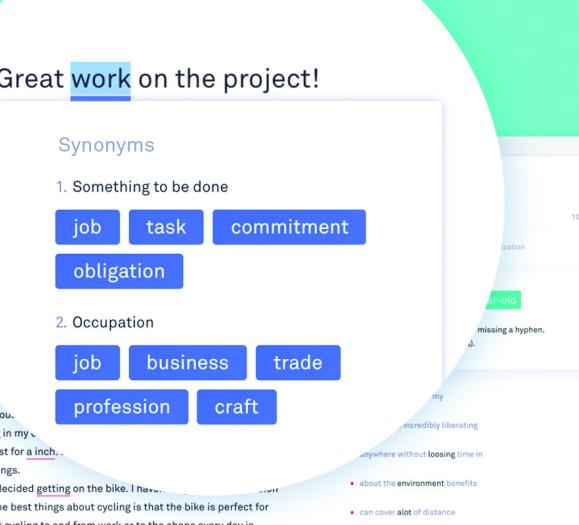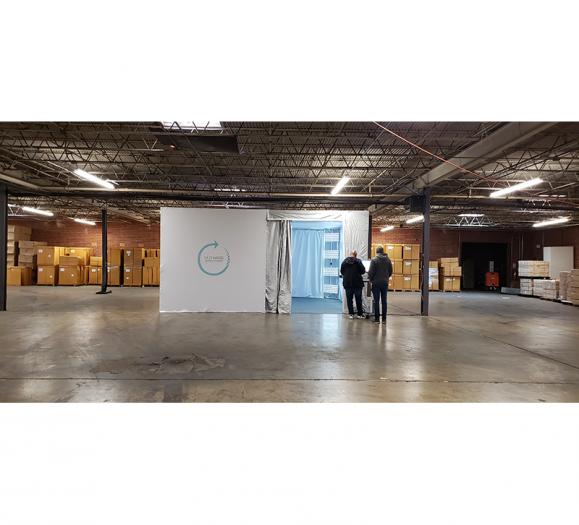I’m not ashamed to admit that the phrase “smart home” still elicits reruns of “The Jetsons” in my head. It’s only momentary though, I promise, because I’ve seen firsthand over the last few years what smart home technology and products mean in today’s real life.
As one of the themes of this issue, it was our mission to make you think about smart homes a bit differently. They entail cutting-edge technology, yes, but there’s so much more to the equation — and to this, I have a personal testament.
As a new Cambridge, MA, resident, suddenly I’m in a place where writing, publishing and otherwise incredibly creative endeavors are not the “norm” — at least not from the outside looking in.
A common occurrence is this: While I sit in my local coffee shop on the Massachusetts Institute of Technology’s (MIT) campus writing an article about dining room furniture, the group at the table to my left discusses their Ph.D. career tracks and research, and whether they will stay at this biotech company for another year or move on to this pharma company instead.
Yet, even in a place where math and science are coming out of every corner — literally — there is still a place for art and design.
Ever heard of STEM to STEAM? It’s about taking Science, Technology, Engineering and Math and turning it into Science, Technology, Engineering, Arts and Math. There is a co-op of chapters from several colleges on the East coast (MIT being one of them), whose mission is to unite these seemingly disparate fields together, charging that they truly are mutually beneficial if you look at the partnership in a different light.
Some of the projects that came out of this organization in the last year are, for instance, on textiles and biology — suggesting that print design on compostable or reusable bags out of vegetable-based inks can make educational content easier to digest — and a multidisciplinary conversation on design ethics — how do makers in all fields stay authentic to themselves and consumers, challenging the status quo?
To me, smart home design is the epitome of STEAM. It means not just appliances you can talk to and blinds that open on their own — it’s an ottoman with hidden storage and USB outlets; a chair that is stain-resistant in every sense of the word; self-adhesive and removable wallpaper (yes!); and children’s furniture equipped with anti-tip hardware.
Smart homes incorporate tech, sure, but they’re also spaces that are designed thoughtfully, efficiently and with a multifunctional slant. It takes technological and mathematical minds, not just creative ones, to make all of this come together — multidisciplinary creation at its finest.
Enjoy our Smart Home Idea Boards starting on page 18, illustrating our take on this (no-longer-futuristic) state of home design.
Spoiler alert: We left the cartoons out.







